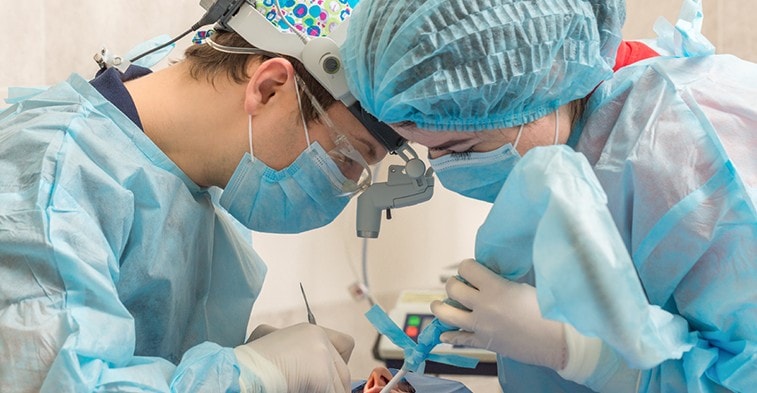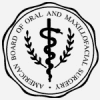Orthognathic Surgery
Correction of dento-facial deformities using combined orthodontic and surgical treatment can provide dramatic changes in both the cosmetic and functional aspects of the face. Patient commitment to an extended period of treatment along with a close working relationship with one of our orthodontists are essential to a successful outcome.
Procedure and Recovery after the Orthognathic Surgery
An important component of the management of patients planning for orthognathic surgery is the correct diagnosis of both dental and skeletal abnormalities. Dental compensation can frequently mask an underlying skeletal deformity. Your orthodontist will start by assessing the maxilla and mandible, taking in consideration three dimensions: anterior-posterior, vertical, and transverse. Evaluation at each dimension will account for cosmetic factors (e.g amount of tooth/gingival show, or size of chin), growth abnormalities (hypo or hyperplasia), and asymmetries.
Treatment is tailored at each patient based on the procedure that would achieve the best result while minimizing morbidity. Patient education about the procedure, post-operative healing and potential complications of orthognathic surgery is by far the most important factor towards patient satisfaction. For this reason, our highly skilled doctors will offer you all the information you require about the procedure & instructions on what you should do before and after the orthognathic surgery for a comfortable experience.
Following are some of the conditions that may indicate the need for corrective jaw surgery:
- Difficulty chewing, or biting food
- Difficulty swallowing
- Chronic jaw or jaw joint (TMJ) pain and headache
- Excessive wear of the teeth
- Open bite (space between the upper and lower teeth when the mouth is closed)
- Unbalanced facial appearance from the front, or side
- Facial injury
- Birth defects
- Receding lower jaw and chin
- Protruding jaw
- Inability to make the lips meet without straining
- Chronic mouth breathing
- Sleep apnea (breathing problems when sleeping, including snoring)

The main advantage of the orthognathic surgery is that the patient will have the teeth and jaw moved into a balanced, healthy and functional position. Besides being able to have a normal life, after the surgery, the patient will also see aesthetic changes which can improve the self-esteem. Even though the recovery time can take up to 12 months, the orthognathic surgery will have a positive change on the patient’s life.If you are interested in learning more, we will be happy to schedule your consultation with one of our surgeons at one of our offices around the metro Atlanta area (including Marietta, Alpharetta, Hiram, and McDonough, Dawsonville, Strockbridge and Suwanee)








